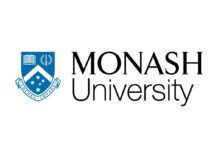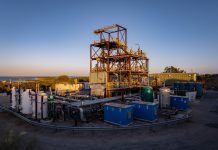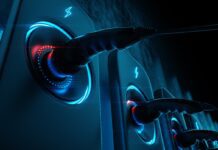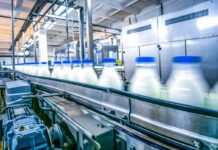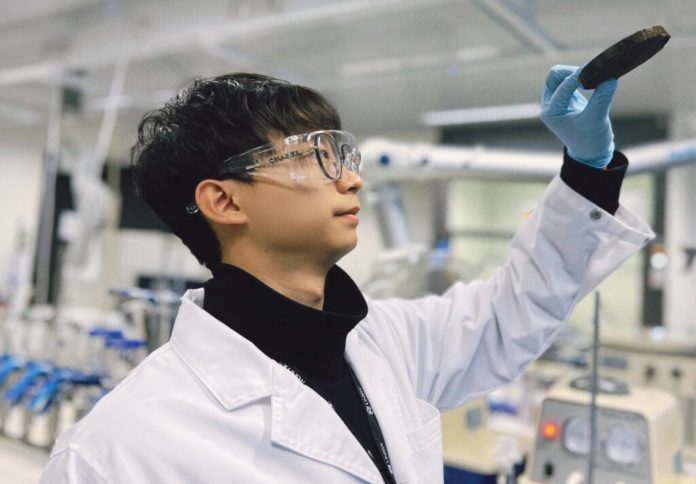
Researchers from the University of New South Wales (UNSW) have spearheaded an international collaboration to create a nanomaterial that can extract clean drinking water from air moisture – offering hope to the 2.2 billion people globally without safe access to potable water.
Led by Associate Professor Rakesh Joshi from the UNSW School of Materials Science and Engineering and Nobel Laureate Professor Sir Kostya Novoselov from the National University of Singapore, the team developed a lightweight, sponge-like aerogel made from calcium-intercalated graphene oxide.
This material can absorb more than three times its weight in water – outperforming current commercial technologies and doing so at a faster rate, researchers said in a news release.
“Our technology will have application in any region where we have sufficient humidity but limited access to or availability of clean potable water,” said Associate Professor Joshi, who is also a chief investigator at the Australian Research Council Centre of Excellence for Carbon Science and Innovation (ARC COE-CSI).
The study drew on the established water-absorbing capabilities of graphene oxide – a single-atom-thick carbon material with oxygen groups – alongside calcium ions.
Researchers found that integrating calcium into the graphene oxide structure unexpectedly enhanced hydrogen bonding with water molecules, resulting in significantly greater adsorption than either component achieved independently.
“We measured the amount of water adsorbed onto graphene oxide by itself and we measured X. We measured the amount of water adsorbed onto calcium itself and we got Y. When we measured the amount of water adsorbed onto the calcium-intercalated graphene oxide we got much more than X+Y,” said Xiaojun (Carlos) Ren, first author of the study and a researcher at UNSW.
The research was published in the Proceedings of the National Academy of Sciences of the United States of America (PNAS) and is based on both experimental data and advanced simulations run on Australia’s National Computational Infrastructure (NCI) supercomputer.
Professor Amir Karton from the University of New England, who led the computational modelling, explained that the simulations revealed the synergistic molecular interactions behind the material’s water-harvesting efficiency.
“These insights now help to design even better systems for atmospheric water generation, offering a sustainable solution to the growing challenge of fresh water availability,” he said.
The team further enhanced the material by shaping it into an aerogel – one of the lightest solids known – with an internal porous structure that accelerates water capture and makes the release process more energy-efficient.
“The only energy this system requires is the small amount needed to heat the system to about 50 degrees to release the water from the aerogel,” said Professor Daria Andreeva, a co-author of the paper.
While the innovation remains in the research phase, the project has industry collaborators supporting efforts to scale up the technology and test prototypes.
“This is an excellent example of how interdisciplinary, global collaboration can lead to practical solutions to one of the world’s most pressing problems – access to clean water,” said Professor Novoselov.
Professor Liming Dai, Director of ARC COE-CSI and co-author of the paper, said the research demonstrates the societal impact of international scientific collaboration.
“What we have done is uncover the fundamental science behind the moisture adsorption process and the role of hydrogen bonding,” he said. “This knowledge will help provide clean drinking water to a large proportion of those 2.2 billion people that lack access to it.”
The project involved researchers from Australia, China, Japan, Singapore, and India, highlighting the global effort to address water scarcity using cutting-edge nanotechnology.


